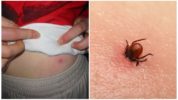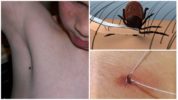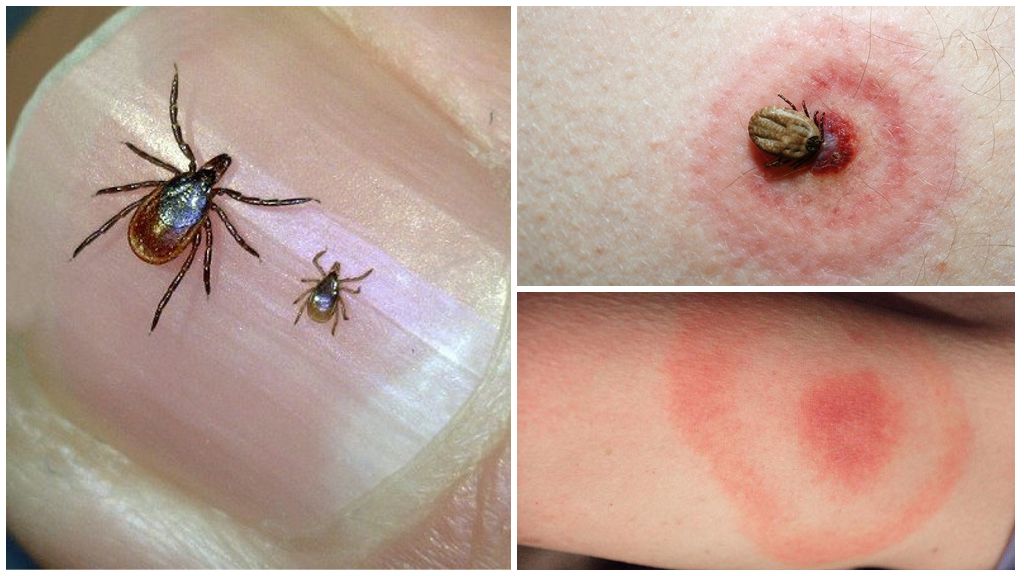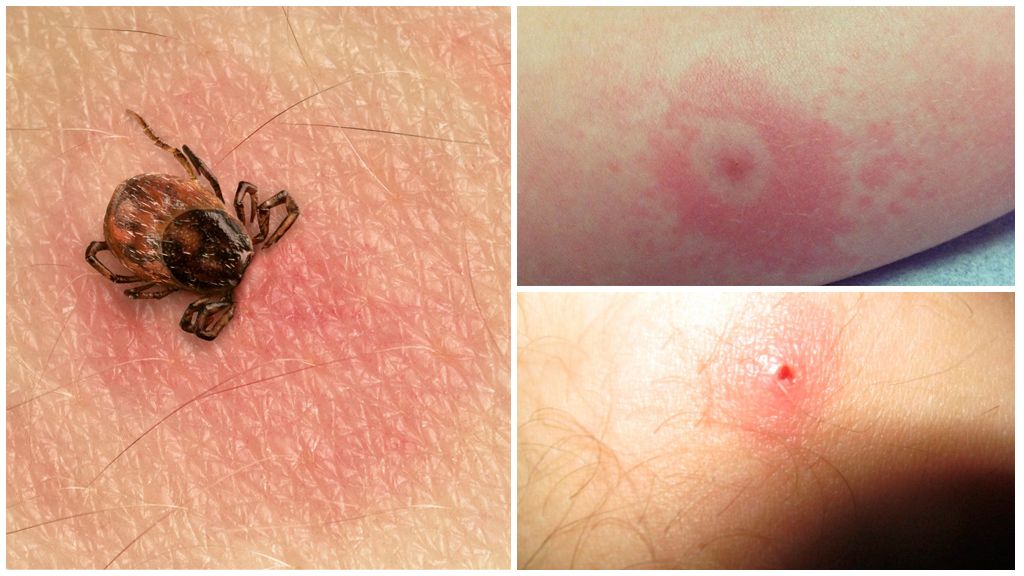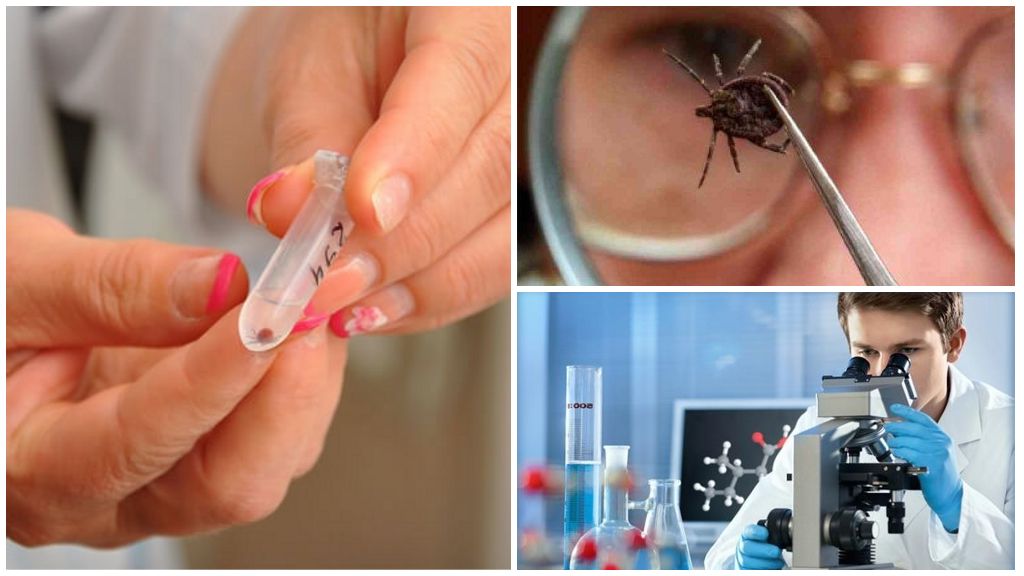- Tick bit the baby
- Tick extraction methods
What to do if a child is bitten by a tick, Dr. Komarovsky recommends not to panic, but act quickly. The parasite spreads dangerous diseases - borreliosis, tick-borne encephalitis. The longer the tick stays after a bite in a child’s body, the greater the chance of infection. Dr. Komarovsky recommends contacting specialists for help, but if there is no way to do this, he gives practical advice on self-extracting the parasite.
About ticks and bites
Parasites appear in early spring, disappear in early October. Activity peak falls on May-June, August-September. Dwell everywhere, live in tall grass, develop in rotten foliage, soil. They feed on the blood of animals, birds, people.
Tick bite in most cases does not cause serious consequences. At the place of suction, a swelling appears, inflammation, slight itching. It passes on its own for a week without special treatment. Young children often develop an allergic reaction.
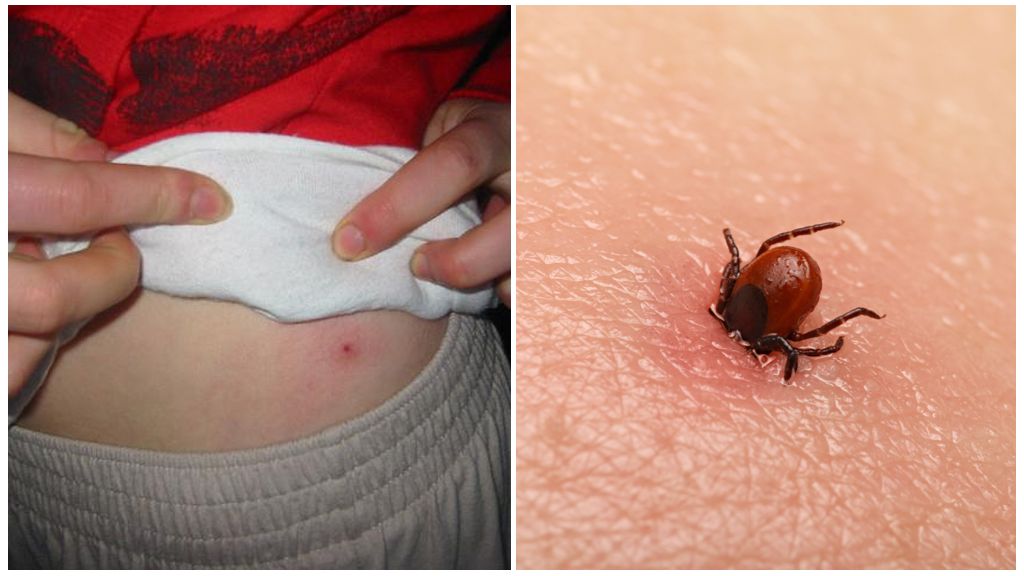
Ixodid ticks are carriers of borreliosis, tick-borne encephalitis. The source of infection are rodents, animals. Borrelia penetrate the body of a child with saliva tick, tick-borne encephalitis virus - through the blood. Often, infection occurs with a prolonged stay on the body after a bite, improper extraction.
On a note!
Komarovsky about mites does not tell anything new, but in an accessible form he explains to parents what to do if suction has occurred, parasite bit the baby.
Proper bite action
The tick on the baby's body stays from 2 days to 14. After saturation, it falls off to lay eggs, continue the genus. Males, nymphs of different ages eat faster, females are the most bloodthirsty.
If a tick is found on the child’s body, Komarovsky recommends contacting specialists for proper removal for help. This can be done at any emergency room. Carefully removed with special tools, the damaged area is disinfected. In an epidemiologically dangerous area, a child is given immunoglobulin either an antibiotic. Recommend send the tick to the lab to research. Insists on this and Komarovsky.
Self-removal after a bite
If for some reason it is impossible to take the child to the doctor, you need to act on your own. Komarovsky recommends extract parasite in one of the following ways:
- Tweezers grab the body at the very base. Gently rotate clockwise or counterclockwise. After 3 turns, the parasite crawls out entirely.
- A loop of a strong thread is thrown onto the body at the base of the head, and slowly pulled up.
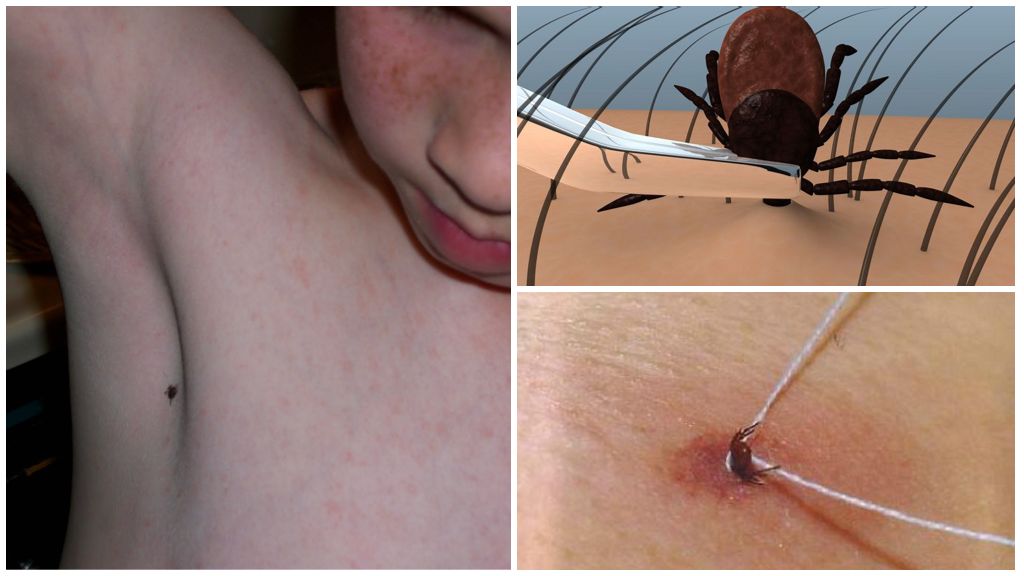
If the head comes off or remains inside, you need to get rid of it. Use a needle that must first be sanitized. Wipe the damaged area with alcohol, remove the head, like a regular splinter.
Important!
IN dangerous regions for tick-borne encephalitis, Lyme disease, a tick should be given to the laboratory for research. Better if he is alive. Place in a glass jar, put a damp cotton swab, cover with a lid.You need to deliver to the laboratory within 2 days, store in the refrigerator.
What should not be done
Dr. Komarovsky does not recommend treating the sucking tick with oil or alcohol. Explains his opinion by the fact that additional substances clog the spiracles, leading to the death of the parasite. When the tick begins to suffocate, it releases an increased amount of saliva into the child's body, even the contents of the viscera, which increases the risk of infection.
You can not ignore the bite, even if after removing the arachnid the child feels well. Tick-borne encephalitis incubation periodBorreliosis from 10 to 30 days. The first symptoms of the disease resemble flu.
